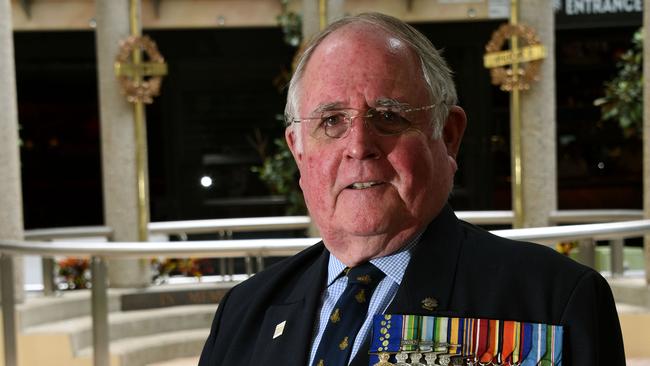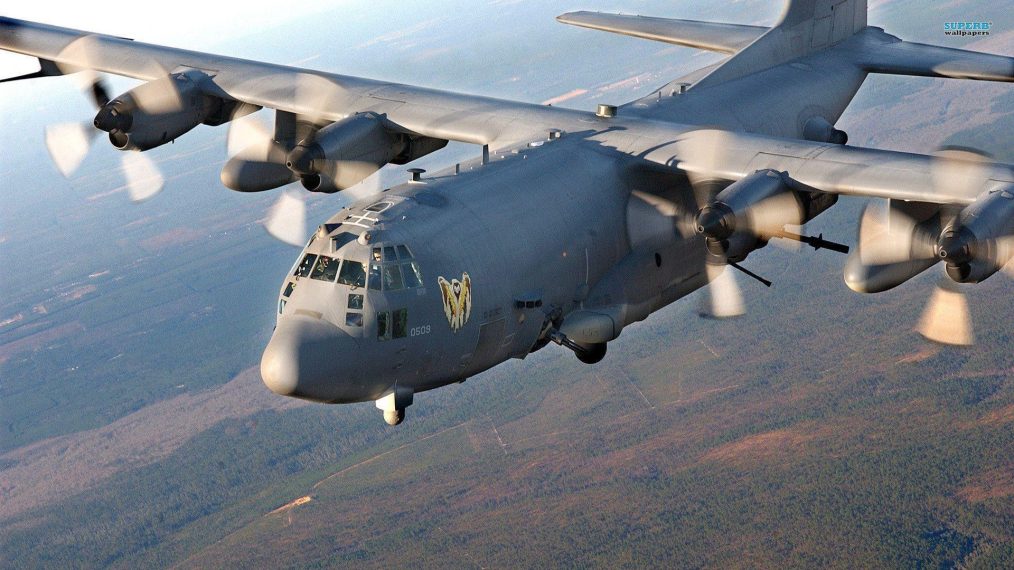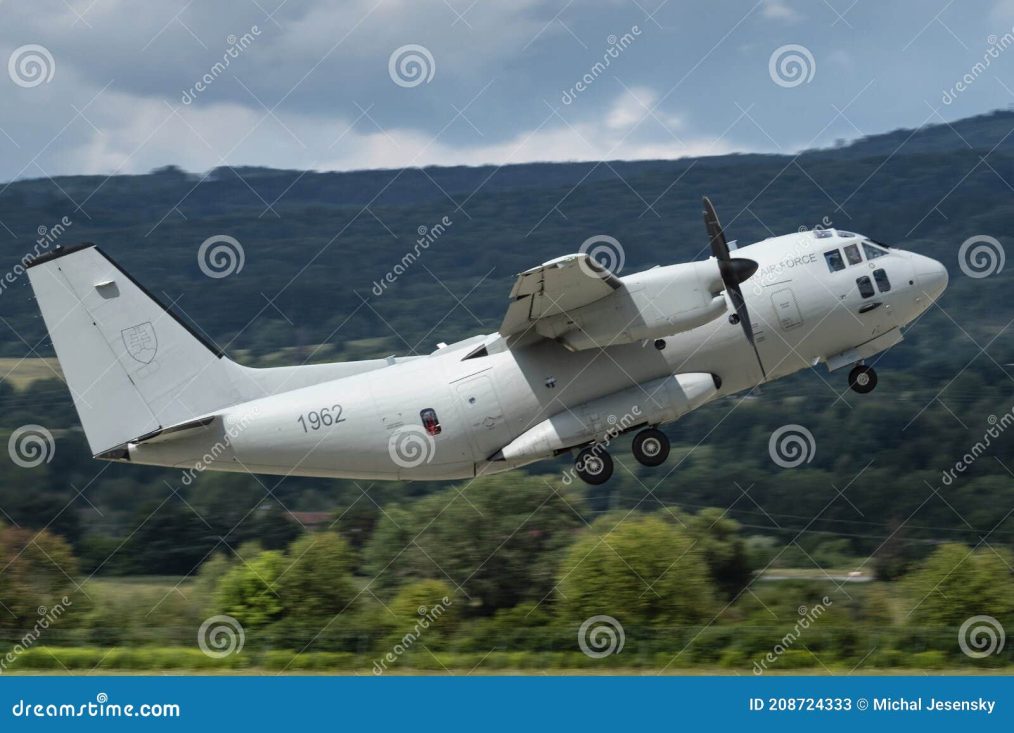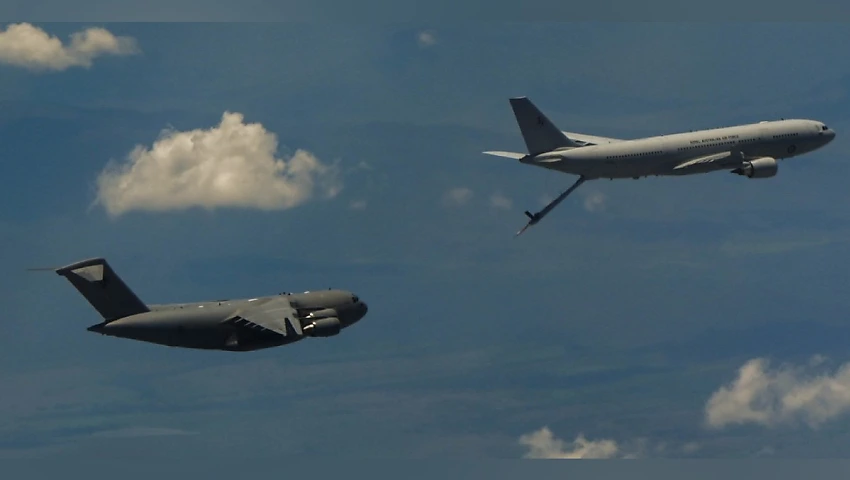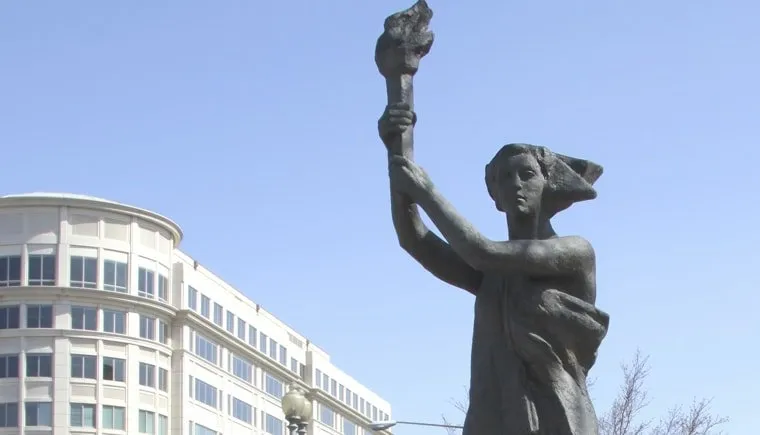Read this chilling report from Holland. Geert Wilders, a Member of the Dutch Parliament, delivered a speech in New York, introducing an Alliance of Patriots and announcing the Facing Jihad Conference in Jerusalem. Here is an excerpt from his speech:
Dear friends, thank you very much for inviting me. I come to America with a mission. All is not well in the old world. There is a tremendous danger looming, and it is very difficult to be optimistic. We might be in the final stages of the Islamization of Europe. This is not only is a clear and present danger to the future of Europe itself, but also a threat to America and the sheer survival of the West.
The Europe you know is changing. You have probably seen the landmarks. But in all of these cities, sometimes a few blocks away from your tourist destination, there is another world. It is the world of the parallel society created by Muslim mass-migration. All throughout Europe, a new reality is rising entire Muslim neighbourhoods where very few indigenous people reside or are even seen. And if they are, they might regret it. This goes for the police as well. It’s the world of head scarves, where women walk around in figureless tents, with baby strollers and a group of children. Their husbands, or slaveholders if you prefer, walk three steps ahead. With mosques on many street corners.
Many European cities are already one-quarter Muslim: just take Amsterdam, Marseille, and Malmo in Sweden. In many cities, most of the under-18 population is Muslim. Paris is now surrounded by a ring of Muslim neighbourhoods. Mohammed is the most popular name among boys in many cities. In some elementary schools in Amsterdam, the farm can no longer be mentioned because that would also mean mentioning the pig, and that would be an insult to Muslims.
I could go on forever with stories like this. Stories about Islamization. A total of fifty-four million Muslims now live. San Diego University recently calculated that a staggering 25 percent of the population in Europe will be Muslim just 12 years from now. Bernhard Lewis has predicted a Muslim majority by the end of this century.
Now these are just numbers. And the numbers would not be threatening if the Muslim immigrants had a strong desire to assimilate. But there are few signs of that. The Pew Research Centre reported that half of French Muslims see their loyalty to Islam as greater than their loyalty to France. One-third of French Muslims do not object to suicide attacks. The British Centre for Social Cohesion reported that one-third of British Muslim students are in favour of a worldwide caliphate.
The second thing you need to know is the importance of Mohammed the prophet. His behaviour is an example to all Muslims and cannot be criticized. Now, if Mohammed had been a man of peace, let us say like Ghandi and Mother Theresa wrapped in one, there would be no problem. But Mohammed was a warlord, a mass murderer, a paedophile, and had several marriages – at the same time. Islamic tradition tells us how he fought in battles, how he had his enemies murdered and even had prisoners of war executed. Mohammed himself slaughtered the Jewish tribe of Banu Qurayza.
If it is good for Islam, it is good. If it is bad for Islam, it is bad. Let no one fool you about Islam being a religion. Sure, it has a god, and a hereafter, and 72 virgins. But in its essence, Islam is a political ideology. It is a system that lays down detailed rules for society and the life of every person. Islam wants to dictate every aspect of life. Islam means ‘submission’. Islam is not compatible with freedom and democracy because what it strives for is sharia. If you want to compare Islam to anything, compare it to communism or national socialism; these are all totalitarian ideologies.
The public has wholeheartedly accepted the Palestinian narrative and sees Israel as the aggressor. I have lived in this country and visited it dozens of times. I support Israel. First, because it is the Jewish homeland after two thousand years of exile up to and including Auschwitz; second because it is a democracy, and third because Israel is our first line of defence. This tiny country is situated on the fault line of jihad, frustrating Islam’s territorial advance. Israel is facing the front lines of jihad, like Kashmir, Kosovo, the Philippines, Southern Thailand, Darfur in Sudan, Lebanon, and Aceh in Indonesia.
Israel is simply in the way. The same way West-Berlin was during the Cold War. The war against Israel is not a war against Israel. It is a war against the West. It is jihad. Israel is simply receiving the blows that are meant for all of us. If there would have been no Israel, God forbid, to go down, it would not bring any solace to the West. It would not mean our Muslim minorities would suddenly change their behaviour and accept our values. On the contrary, the end of Israel would give enormous encouragement to the forces of Islam. They would, and rightly so, see the demise of Israel as proof that the West is weak and doomed. The end of Israel would not mean the end of our problems with Islam but only the beginning. It would mean the start of the final battle for world domination. If they can get Israel, they can get everything.
So-called journalists volunteer to label any and all critics of Islamization as ‘right-wing extremists’ or ‘racists’. In my country, the Netherlands, 60 percent of the population now sees the mass immigration of Muslims as the number one policy mistake since World War II. And another 60 percent sees Islam as the biggest threat.
Yet there is a greater danger than terrorist attacks, the scenario of America as the last man standing. The lights may go out in Europe faster than you can imagine. An Islamic Europe means a Europe without freedom and democracy, an economic wasteland, an intellectual nightmare, and a loss of military might for America – as its allies will turn into enemies, enemies with atomic bombs. With an Islamic Europe, it would be up to America alone to preserve the heritage of Rome, Athens, and Jerusalem…
Dear friends, liberty is the most precious of gifts. My generation never had to fight for this freedom; it was offered to us on a silver platter, by people who fought for it with their lives. All throughout Europe, American cemeteries remind us of the young boys who never made it home, and whose memory we cherish. My generation does not own this freedom; we are merely its custodians. We can only hand over this hard-won liberty to Europe’s children in the same state in which it was offered to us. We cannot strike a deal with mullahs and imams. Future generations would never forgive us. We cannot squander our liberties. We simply do not have the right to do so.


